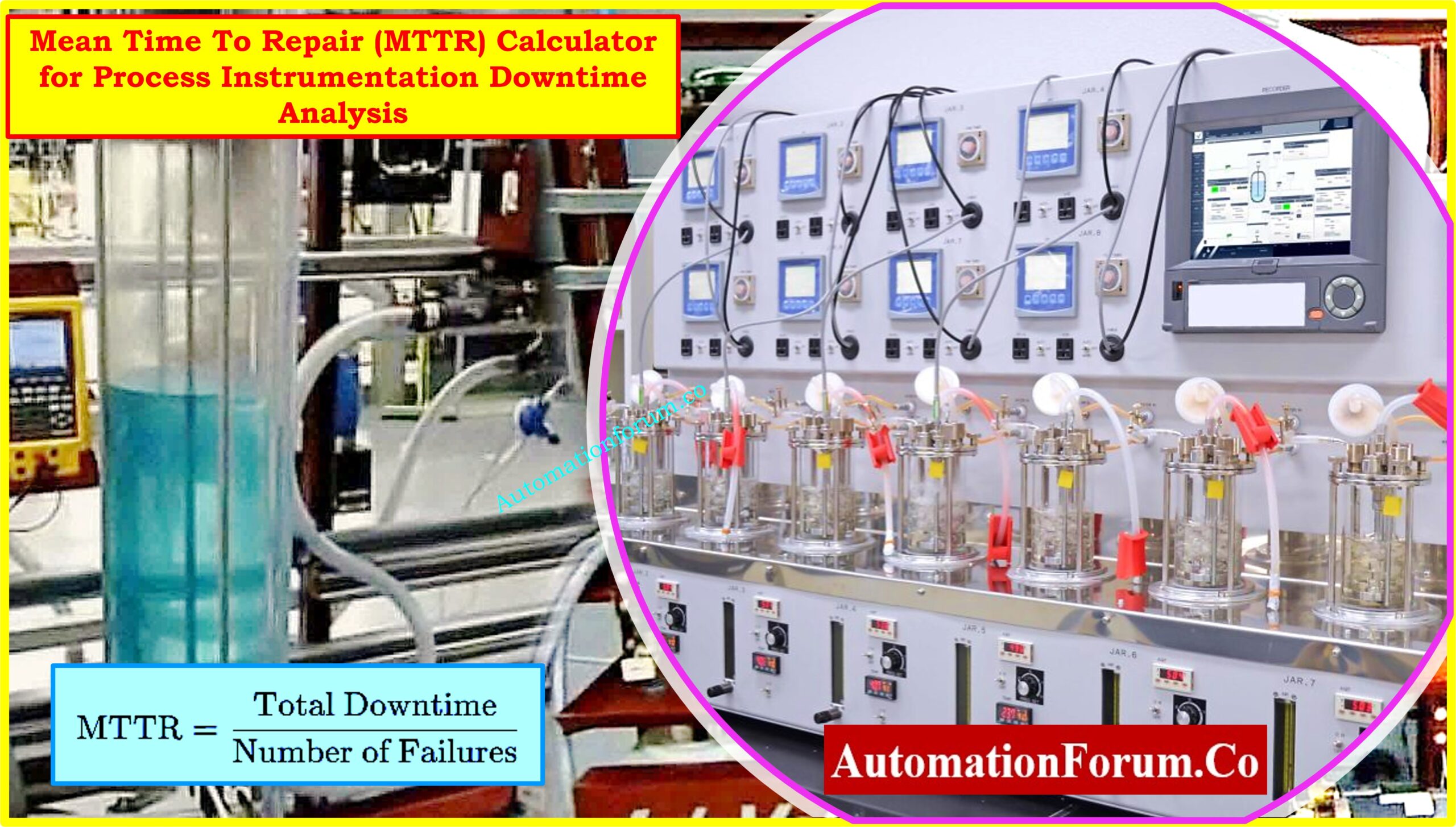- The objective of this design guide is not to design a valve for operational use, but rather to help the reader understand the fundamental ideas underlying pressure relief valve sizing and design.
- Although it is based on published sources, it shouldn’t be taken into account when choosing or buying a pressure safety valve or designing a detailed design.
- Since pressure safety valves are typically the final line of protection against an explosion, their design must only be handled by dependable companies.
- In fact, pressure safety valves are critical to process safety. The plant operator can only receive appropriate advice and have the valve design finalized once the application, position of the valve, etc., have been fully described with the valve provider.
- The calculations below were modified from a variety of sources and are based on API520.
- These estimates are accurate up to a maximum working pressure of 101325 Pa.
- Different calculation codes will be needed for different kinds of services.
- For low pressure valves, API, for instance, has different specifications. Each ASME or ISO has its own set of rules.
- Please take note that the selection and computation of the design scenario that is, the sequence of events leading to the maximum flow released by the valve is not covered on this page.
- It is necessary to establish the necessary flow through process calculations and risk assessments.
Click here for Safety valve Working Principle

API 520 Relief Valve Sizing
How should a Pressure Safety valve be Sized?
What is a Critical or Subcritical Flow?
- The first step is to figure out the flow that will occur should the pressure release valve open.
- The flow will be crucial if there is an excessively large differential between the pressure inside the tank and the pressure at the valve’s exit.
According to, it is possible to compute the critical pressure at which the flow becomes critical.

Additionally:
Critical pressure in kPa abs is Pc.
kPa abs is the upstream relieving pressure (P1).
Pressure downstream in kPa abs is P2.
K is equal to Cp/Cv.
Click her for Control Valve Cv Calculation Excel Tool for Liquid, Gas, and Steam Services
Then, in order to determine whether the flow will be sub-critical or critical, the following comparison must be made using the appropriate formulas:
Critical flow
| P2 ? Pc | Critical flow |
| P2 > Pc | Sub-critical flow |
Critical Flow Safety Valve Sizing
In the event that the flow is determined to be critical, the following formula may be applied:

Using: A = the safety valve’s necessary effective discharge area in Sq. millimeters
W is the needed kg/h flow via the valve.
Kd is the discharge coefficient.
For a pressure relief valve, Kd = 0.975, whether an upstream rupture disc is present or not
For a rupture disc, Kd = 0.62
Kb = 1 for pilot-operated and conventional valves
Kb will be calculated for balancing bellow valves using tables and charts.
If a rupture disc is inserted before the valve, Kc = correction factor
When there is no rupture disk inserted before the valve, Kc = 1.
If a rupture disc is utilized in addition to the valve, Kc = 0.9.
T is the gas or vapor’s temperature upstream of the valve at the time of release, measured in K.
Z is the gas’s compressibility factor under valve inlet conditions.
M = gas’s molecular weight in kilograms per kg/kmol
The following formula can be used to compute the coefficient C:

With the use of the following graphic, one may determine the compressibility factor based on the lower pressure of the gas or vapor being released.
Click here for Relationship Between Cv and Kv in Control Valves and Control valve Cv to Kv Conversion Calculator
Sizing Safety Valves for Subcritical Flows
In the event that sub-critical flow is determined, the following formula can be applied:

The following figure makes it possible to calculate the compressibility factor based on the lowered pressure of the gas or vapor being discharged.

The following formula can be used to compute the coefficient F2:

Exceptional Situation with Steam
Another formula to consider when building a safety valve for steam operation is:

The correction factor KN can be calculated the following way :
KN = 1 if P1 ? 10339 kPa abs
KN = (0.02764*P1-1000) / (0.03324*P1-1061) if 10339 ? P1 ? 22057 kPa abs
Ksh = superheat steam correction factor
Ksh = 1 for saturated steam
At other steam state, it can be calculated thanks to a table
Additional Codes for Calculations
Be aware that the safety valve sizing correlations provided by ISO 4126 are also available.
Choosing the Orifice of Standard Relief Valves
Actually, discharge area sizes are specified, and manufacturers will suggest sizes in accordance with those standards. The engineer must choose a standard size that offers a discharge area larger than the calculated value after determining the necessary size using the aforementioned calculation method.
| Standard letter / designation | Orifice area in in2 | Orifice area in cm2 |
| D | 0.110 | 0.71 |
| E | 0.196 | 1.26 |
| F | 0.307 | 1.98 |
| G | 0.503 | 3.24 |
| H | 0.785 | 5.06 |
| J | 1.28 | 8.30 |
| K | 1.84 | 11.85 |
| L | 2.85 | 18.40 |
| M | 3.600 | 23.23 |
| N | 4.340 | 28 |
| P | 6.38 | 41.16 |
| Q | 11.050 | 71.29 |
| R | 16 | 103.22 |
| T | 26 | 167.74 |
Excel Calculation Tool for Pressure Safety Valve Sizing Calculation
Note: At this time, the tool only supports pressure-based gas flow.

Click on the below Link for the Excel Calculation Tool for Pressure Safety Valve Sizing Calculation
Click here for How to do Safety valve testing and calibration?





